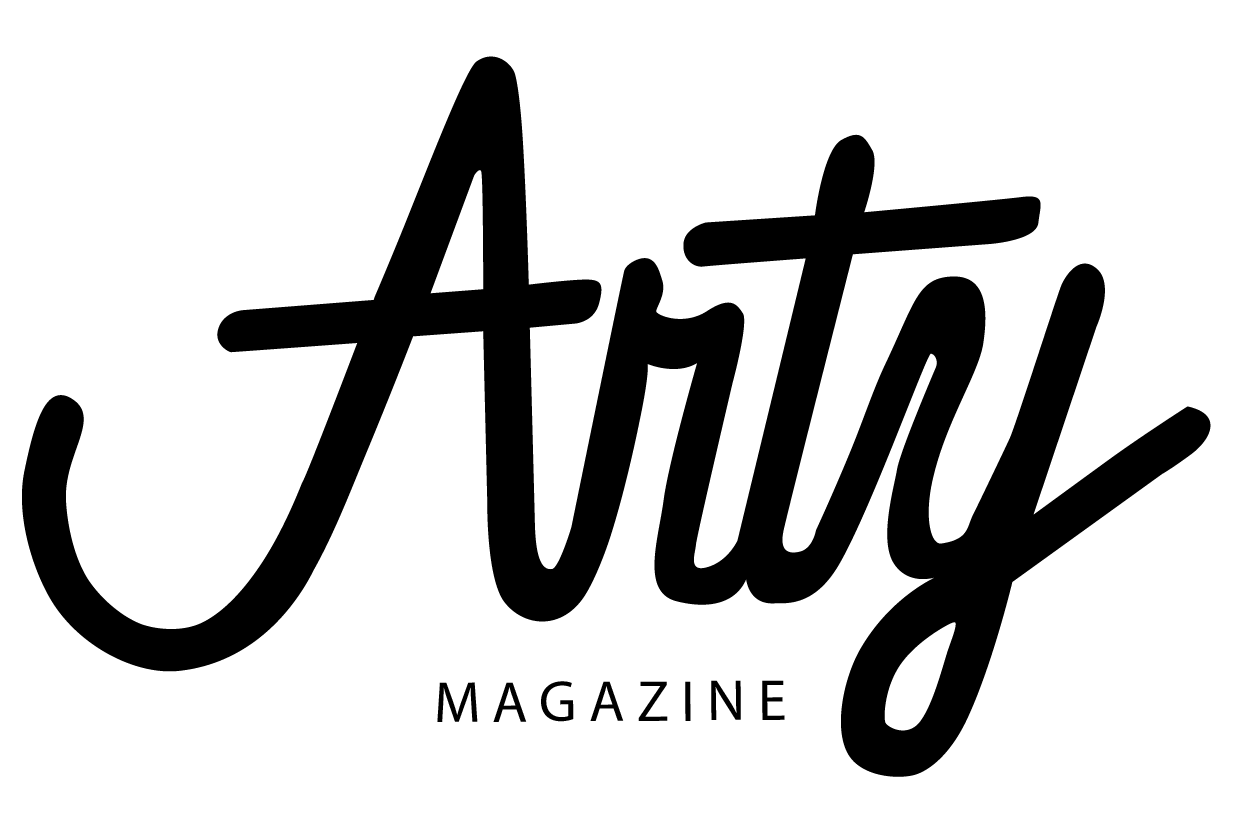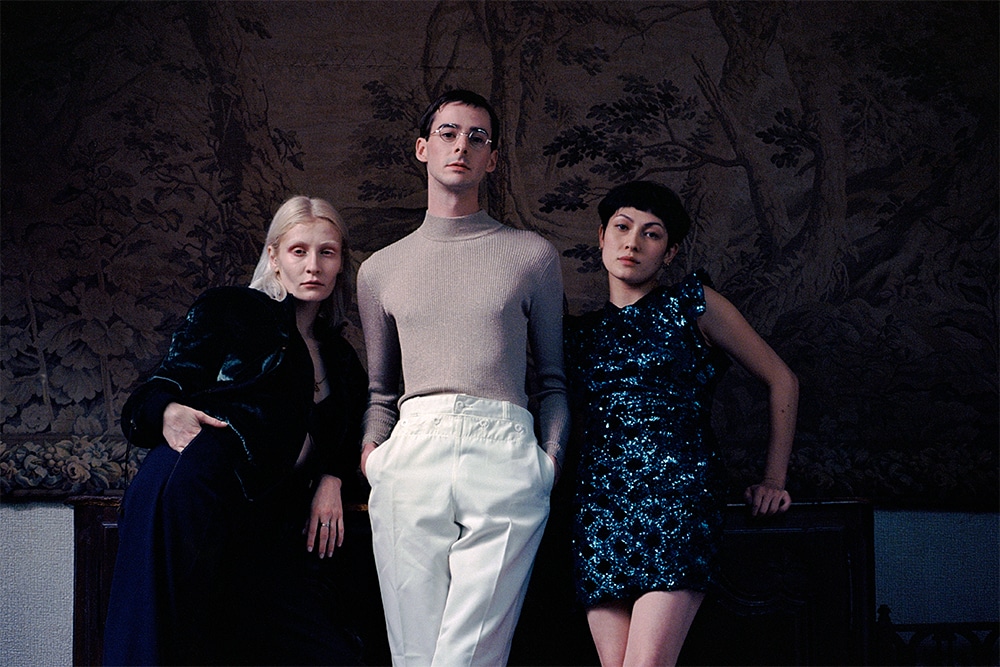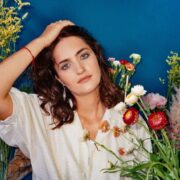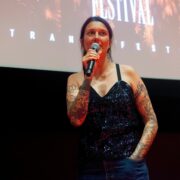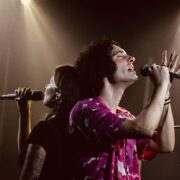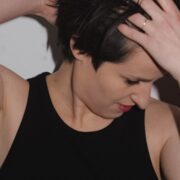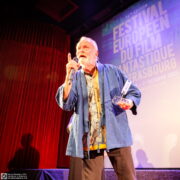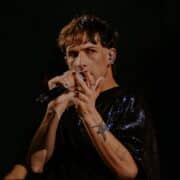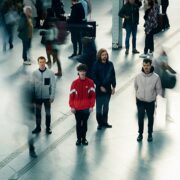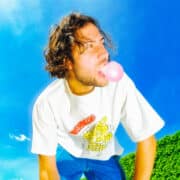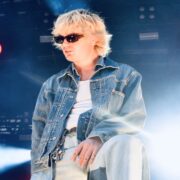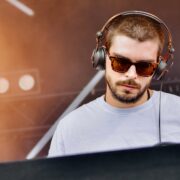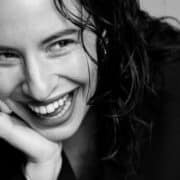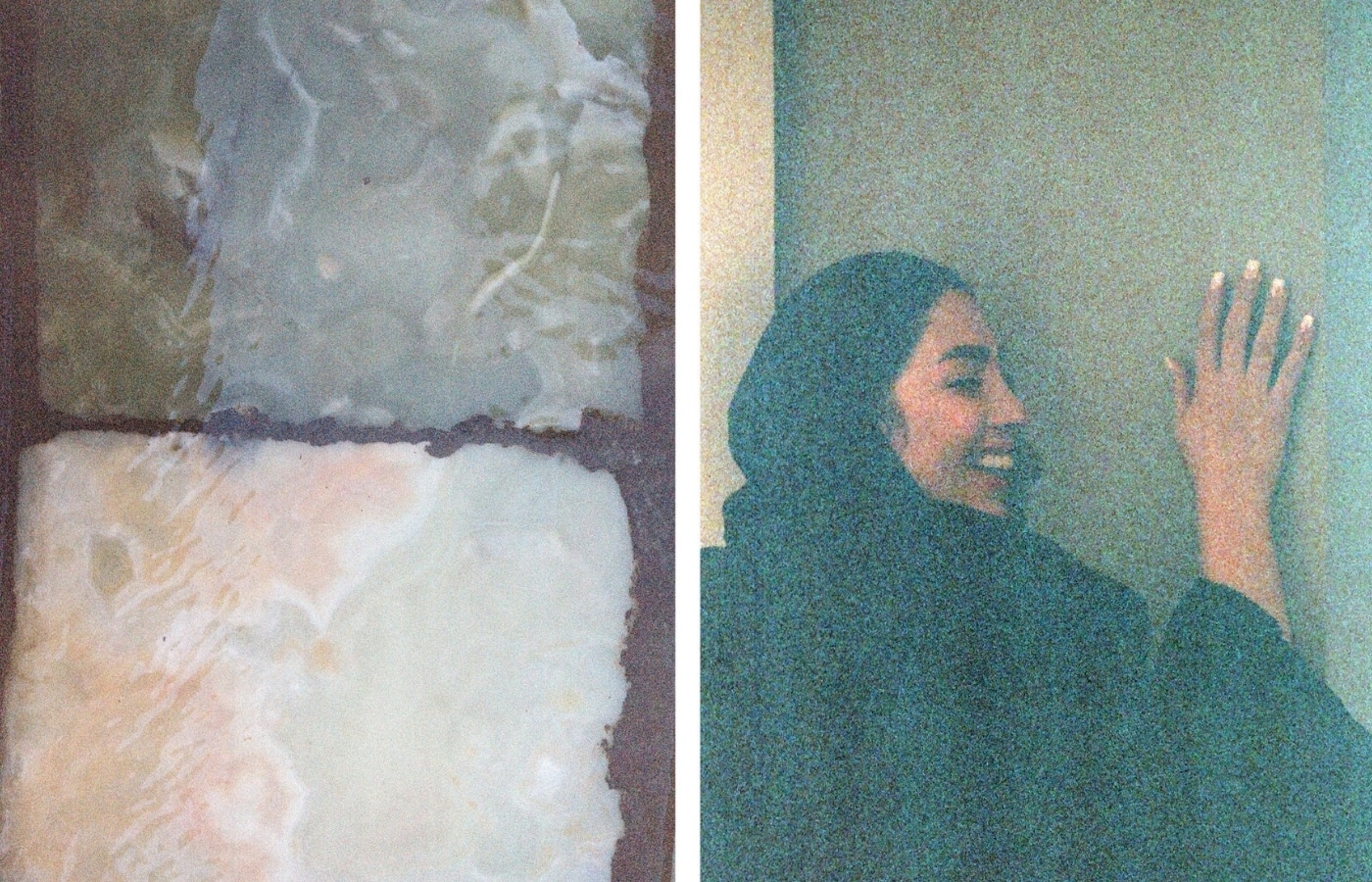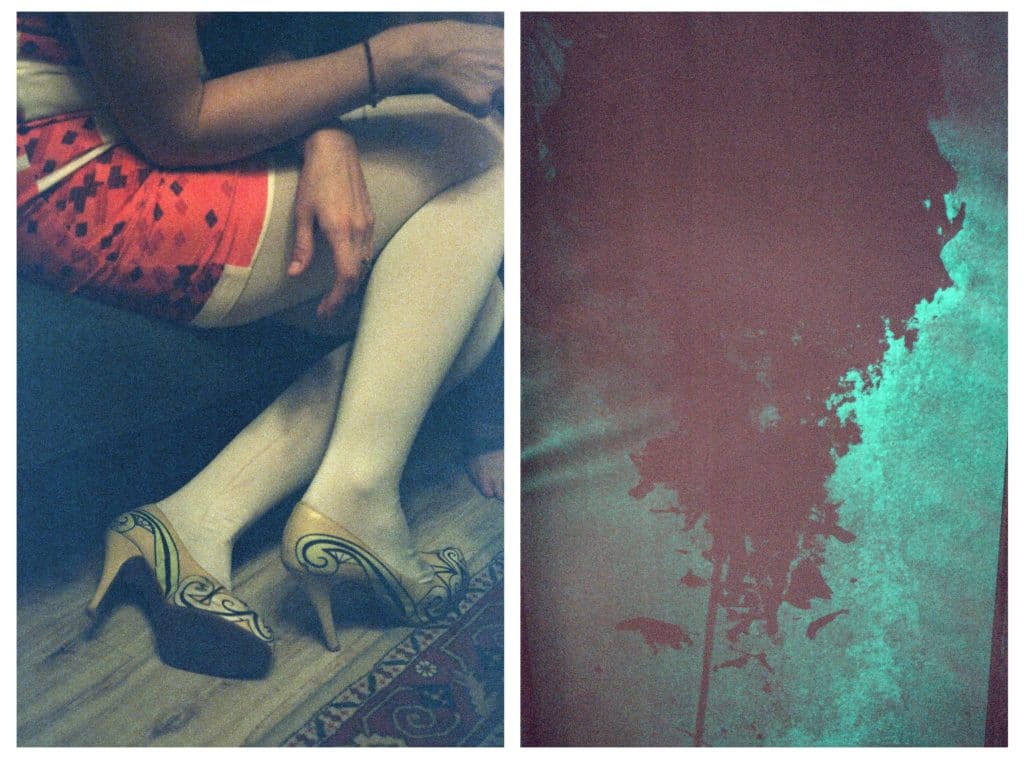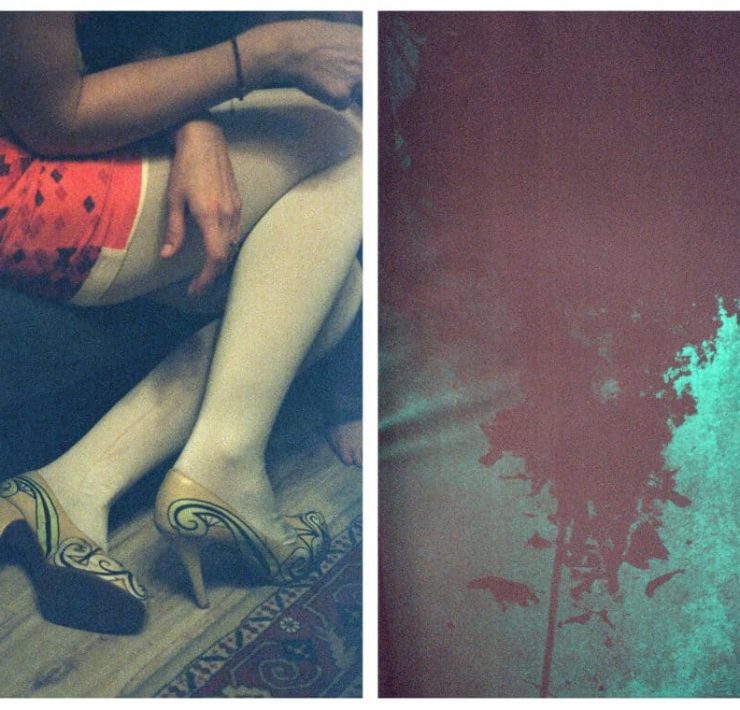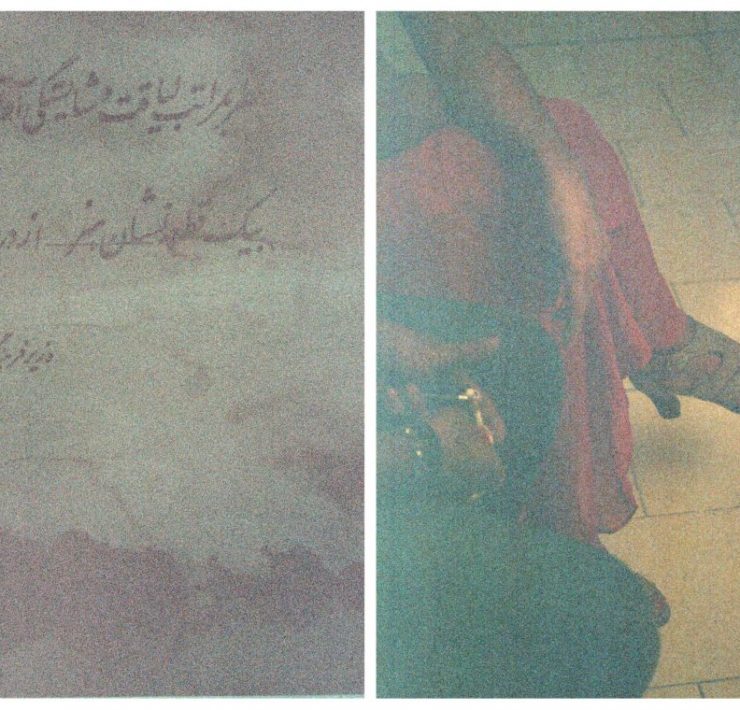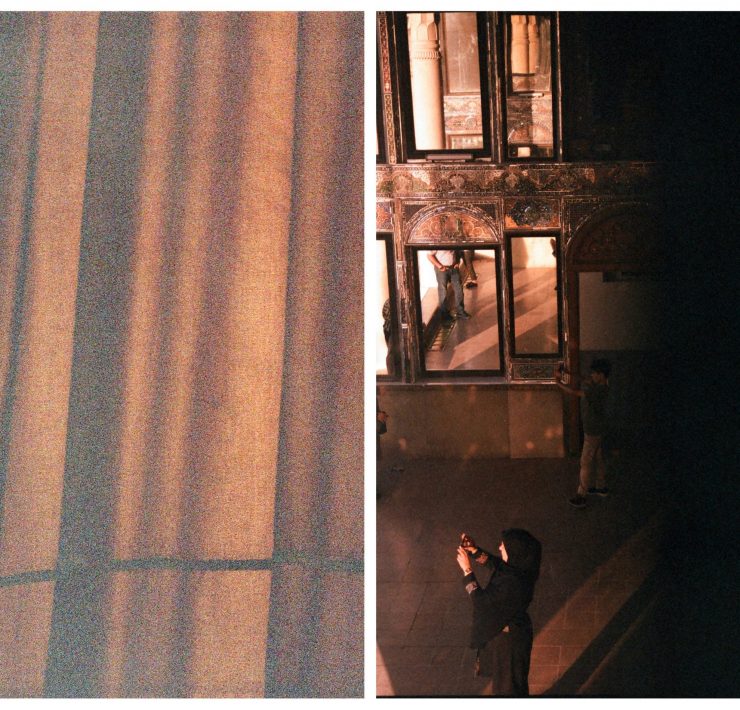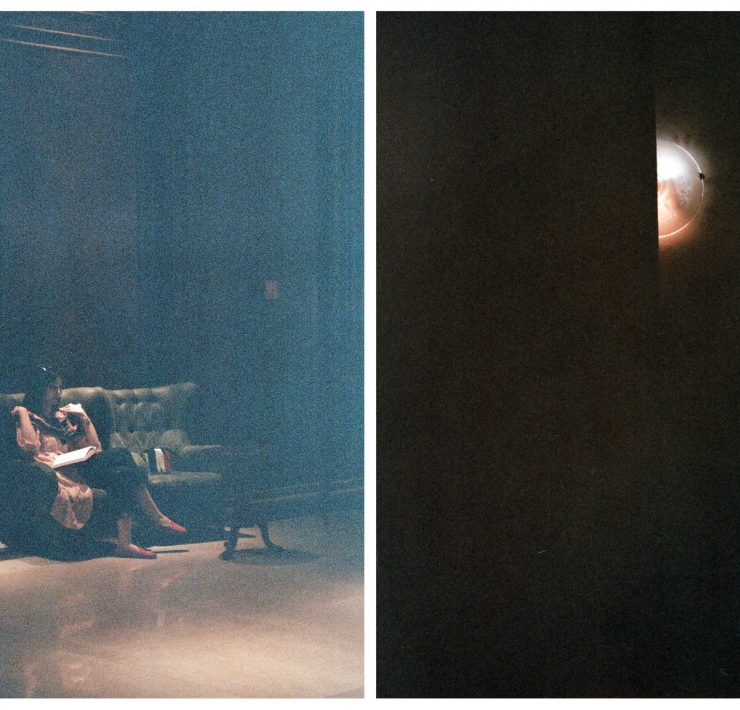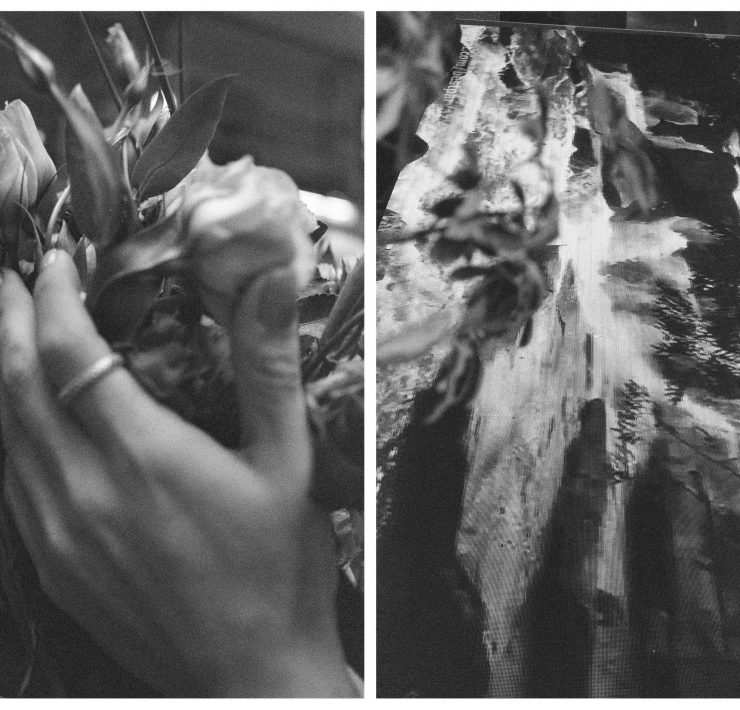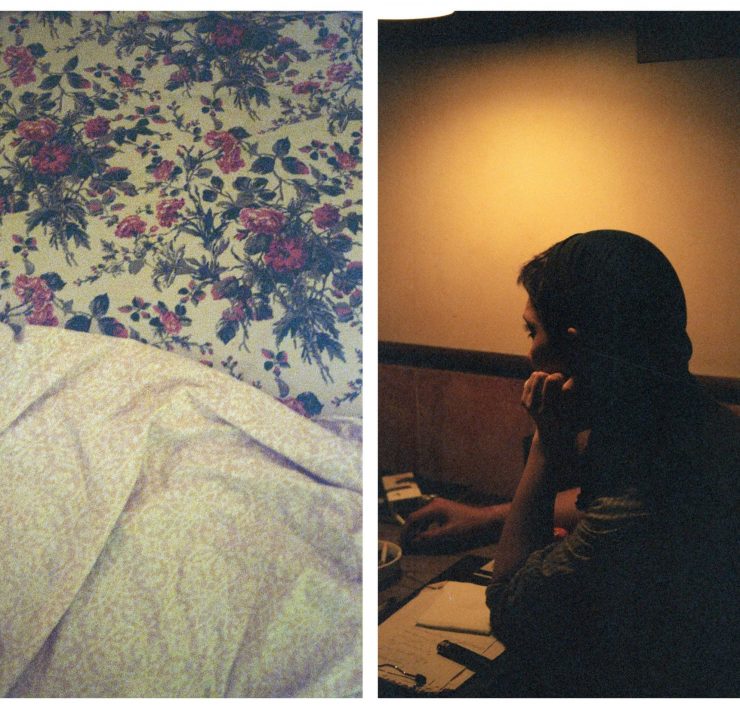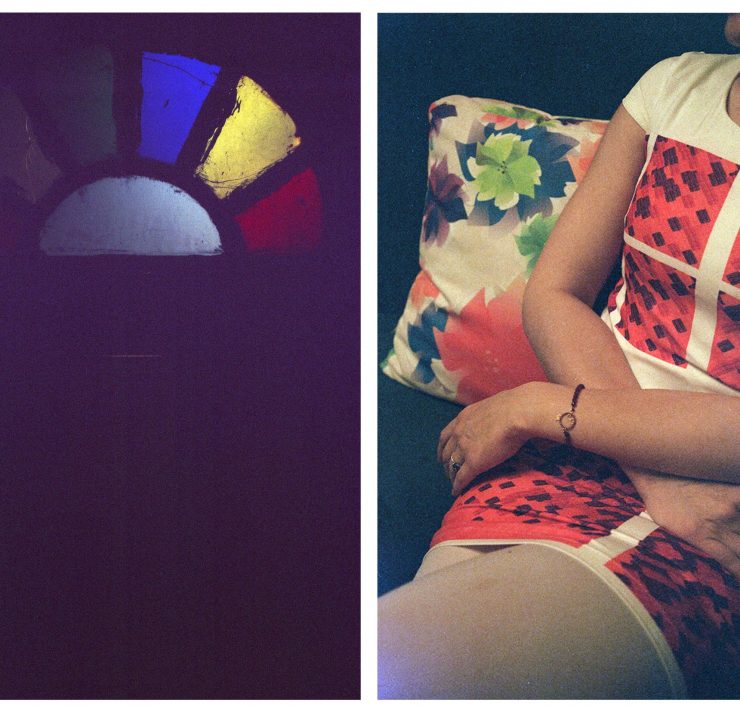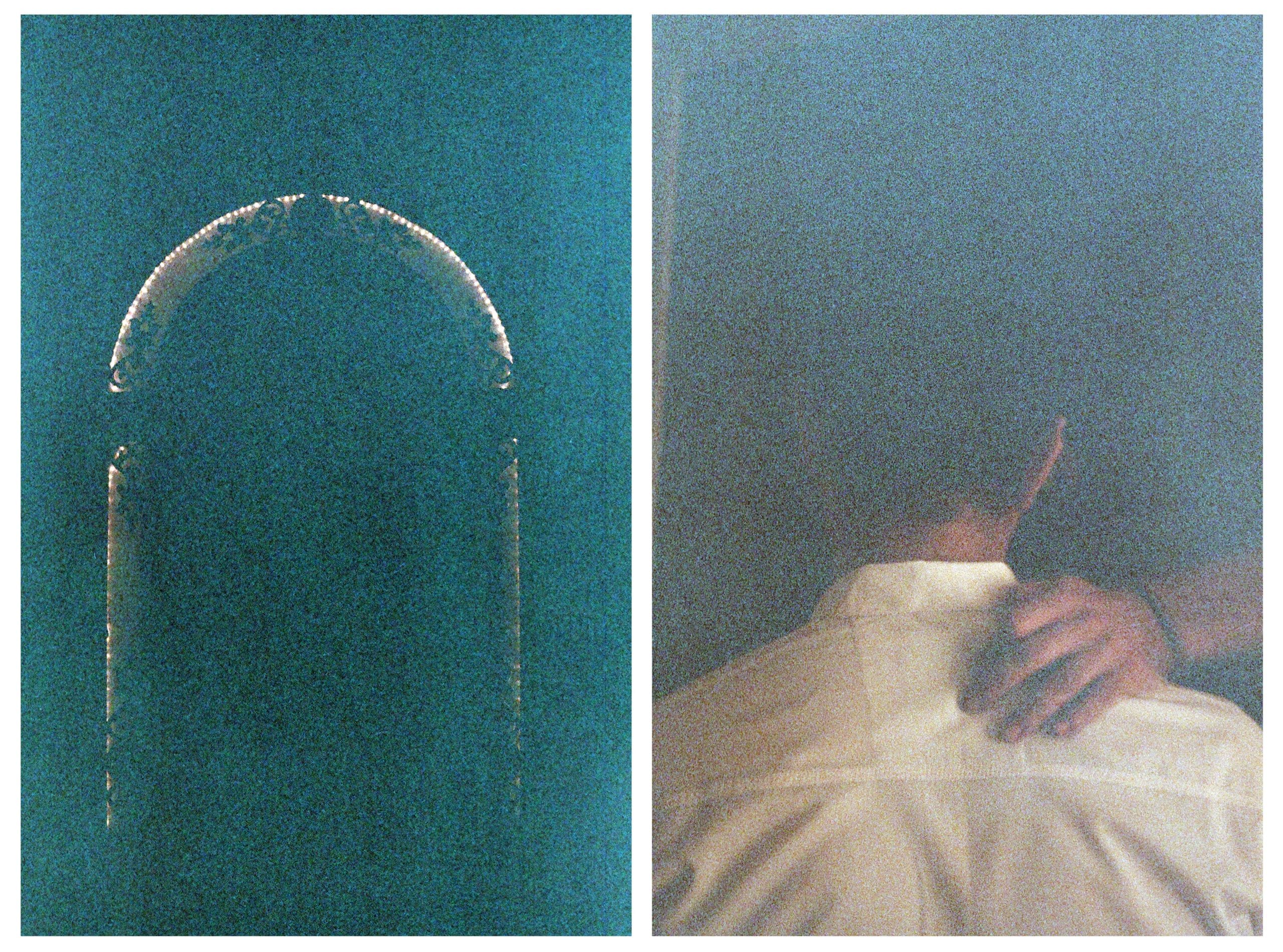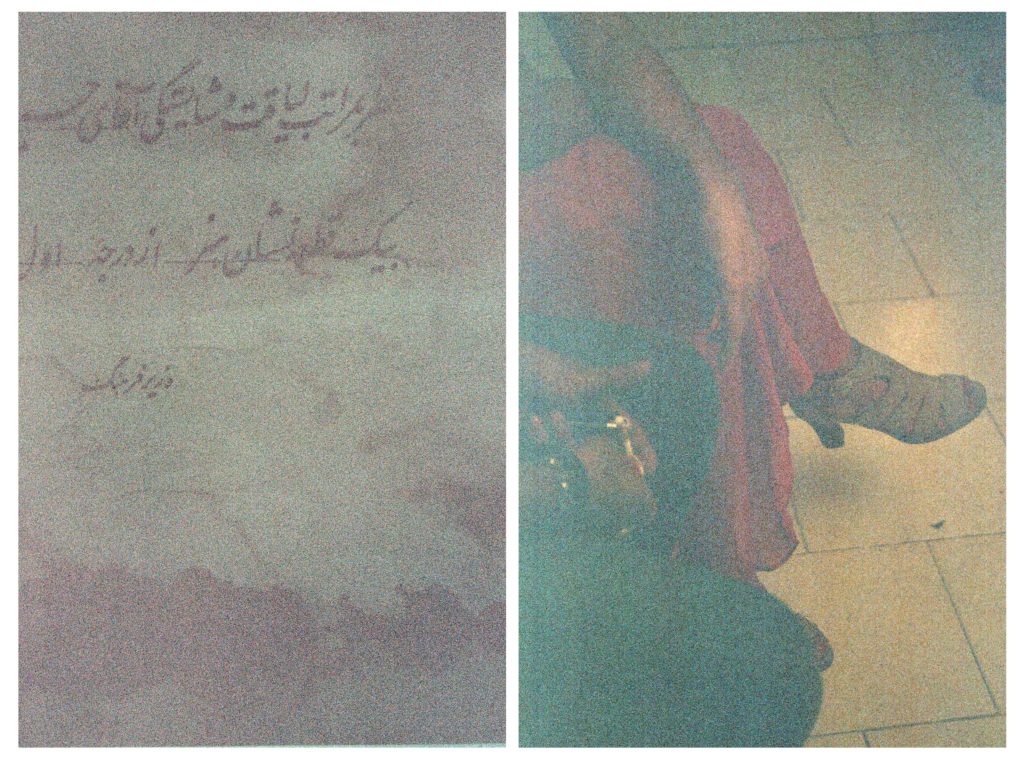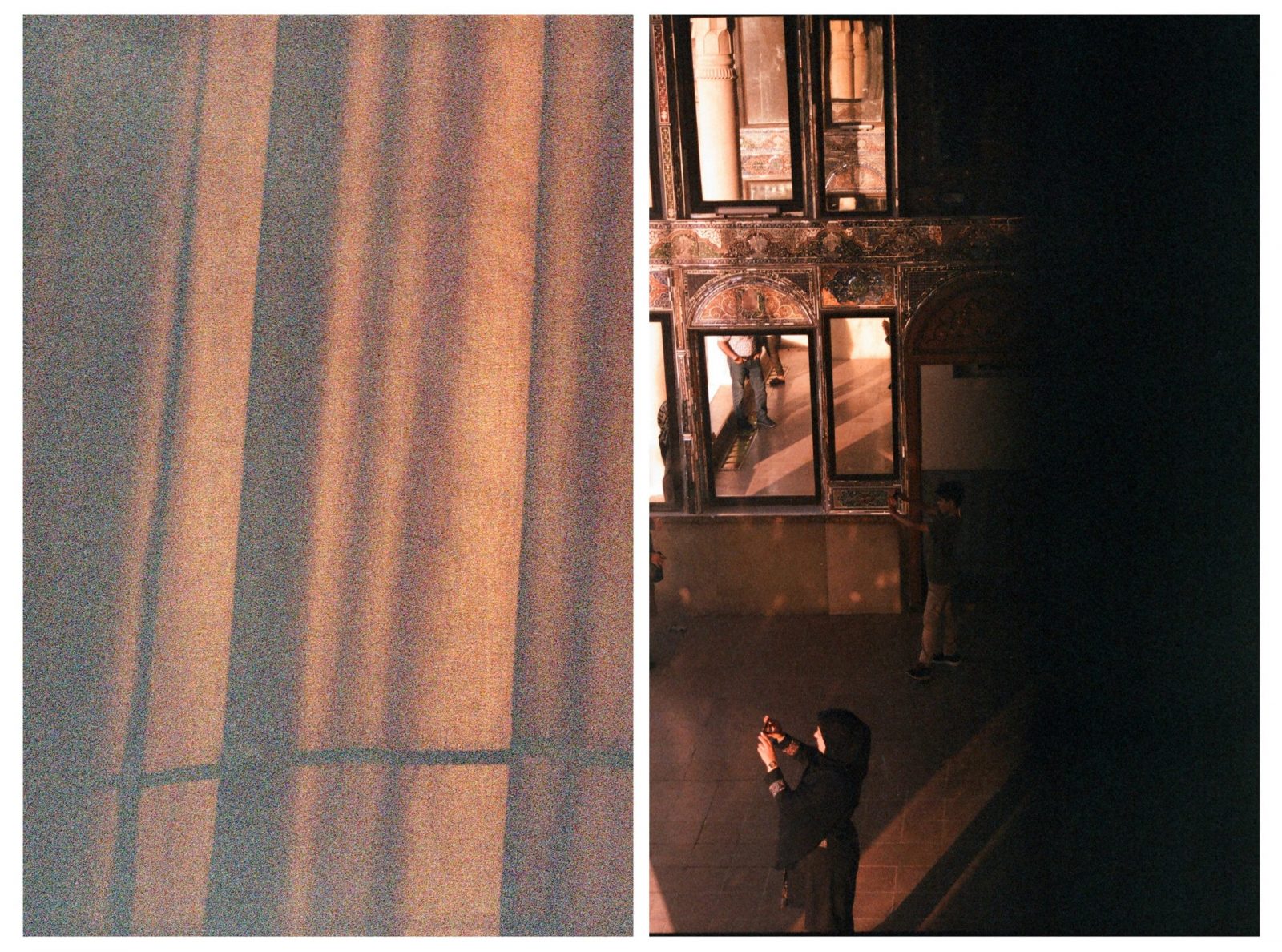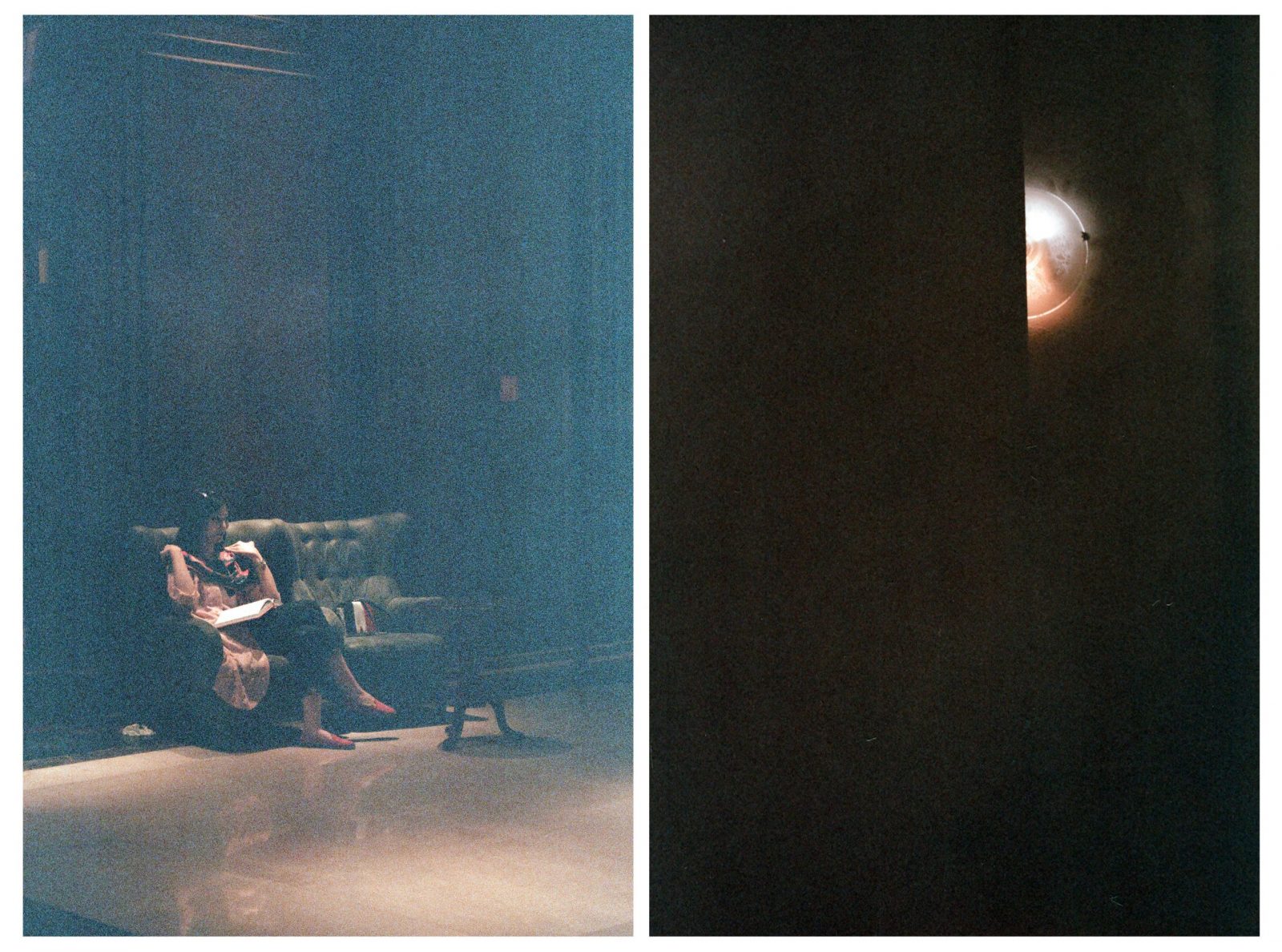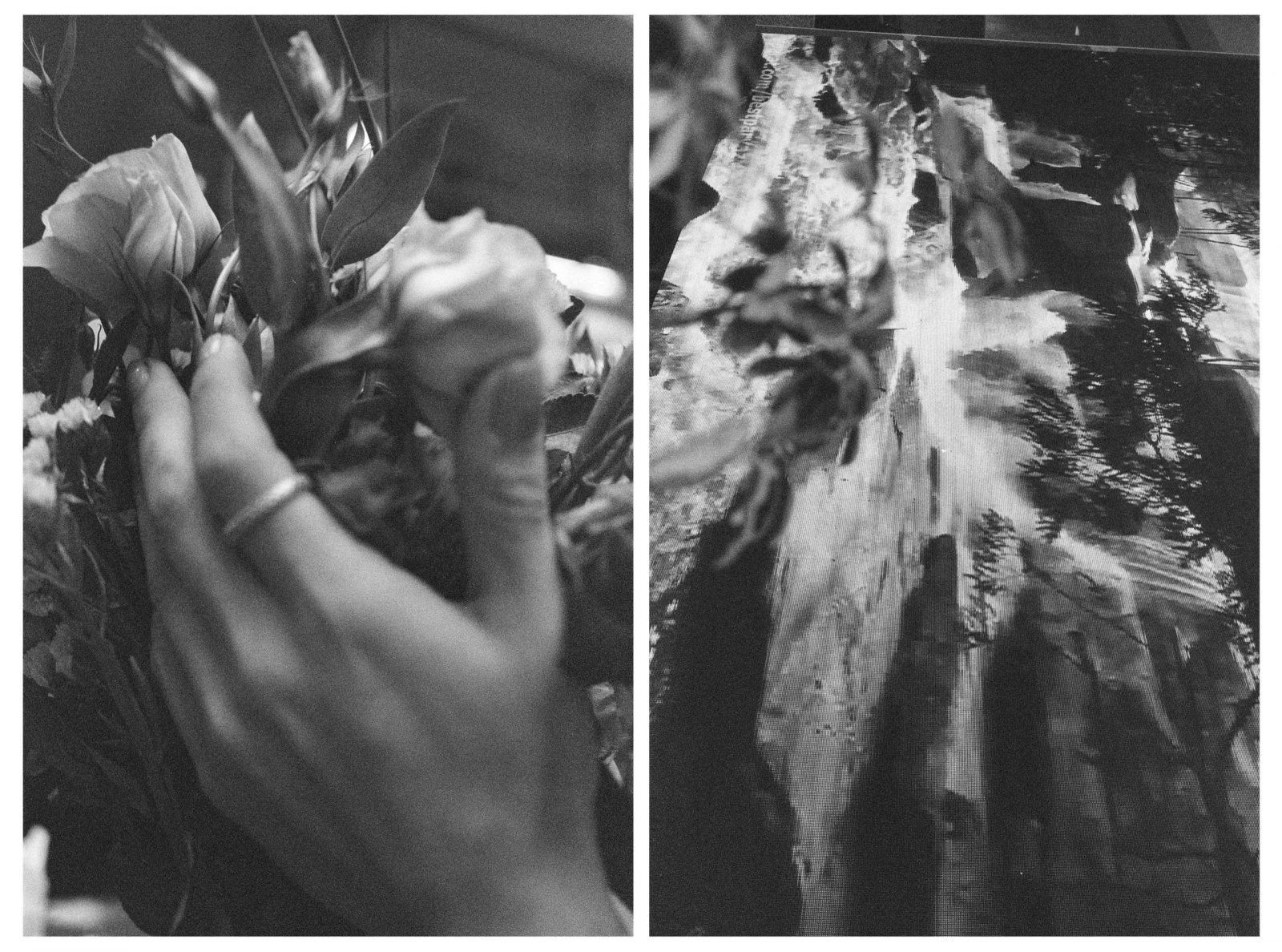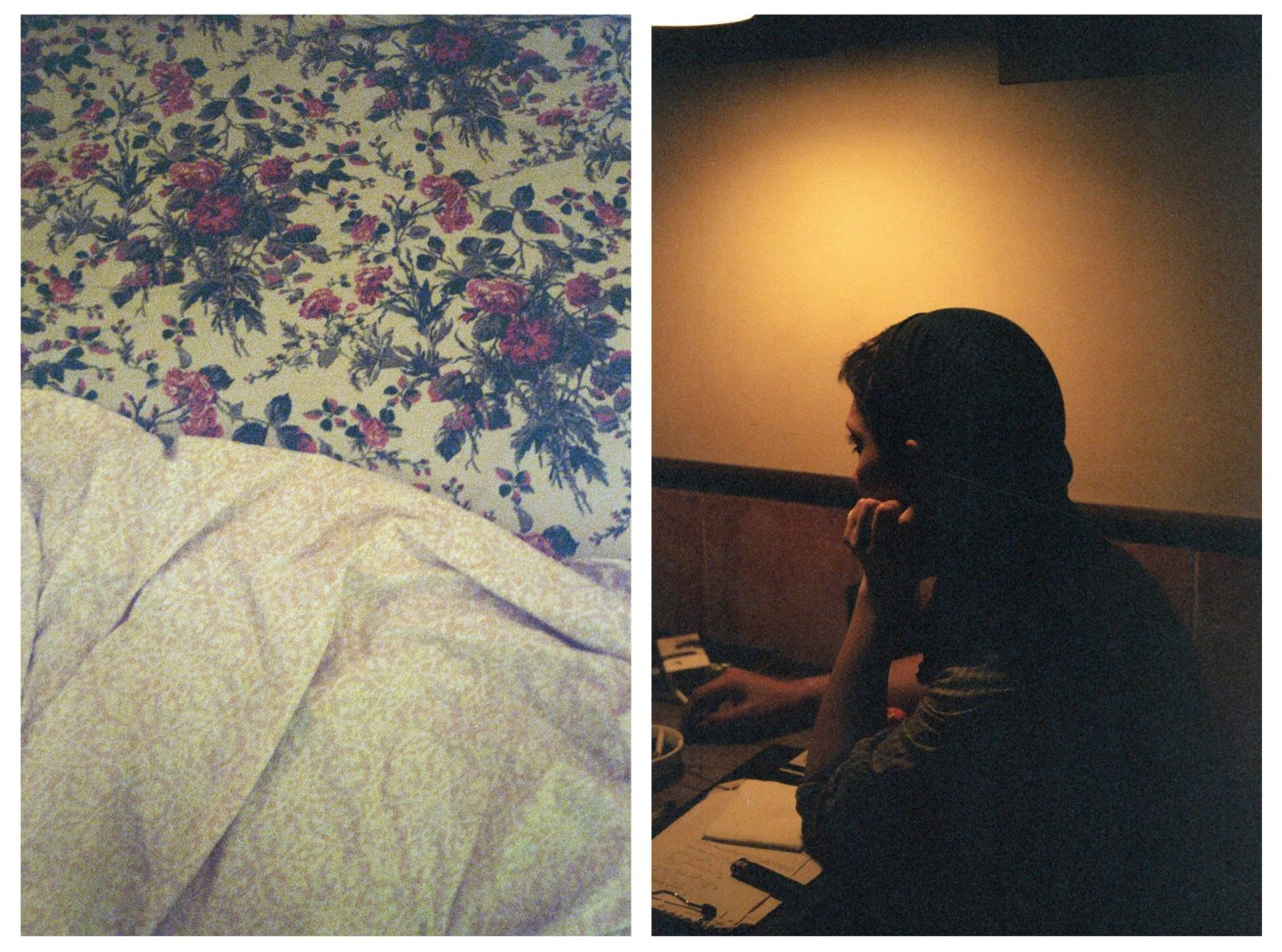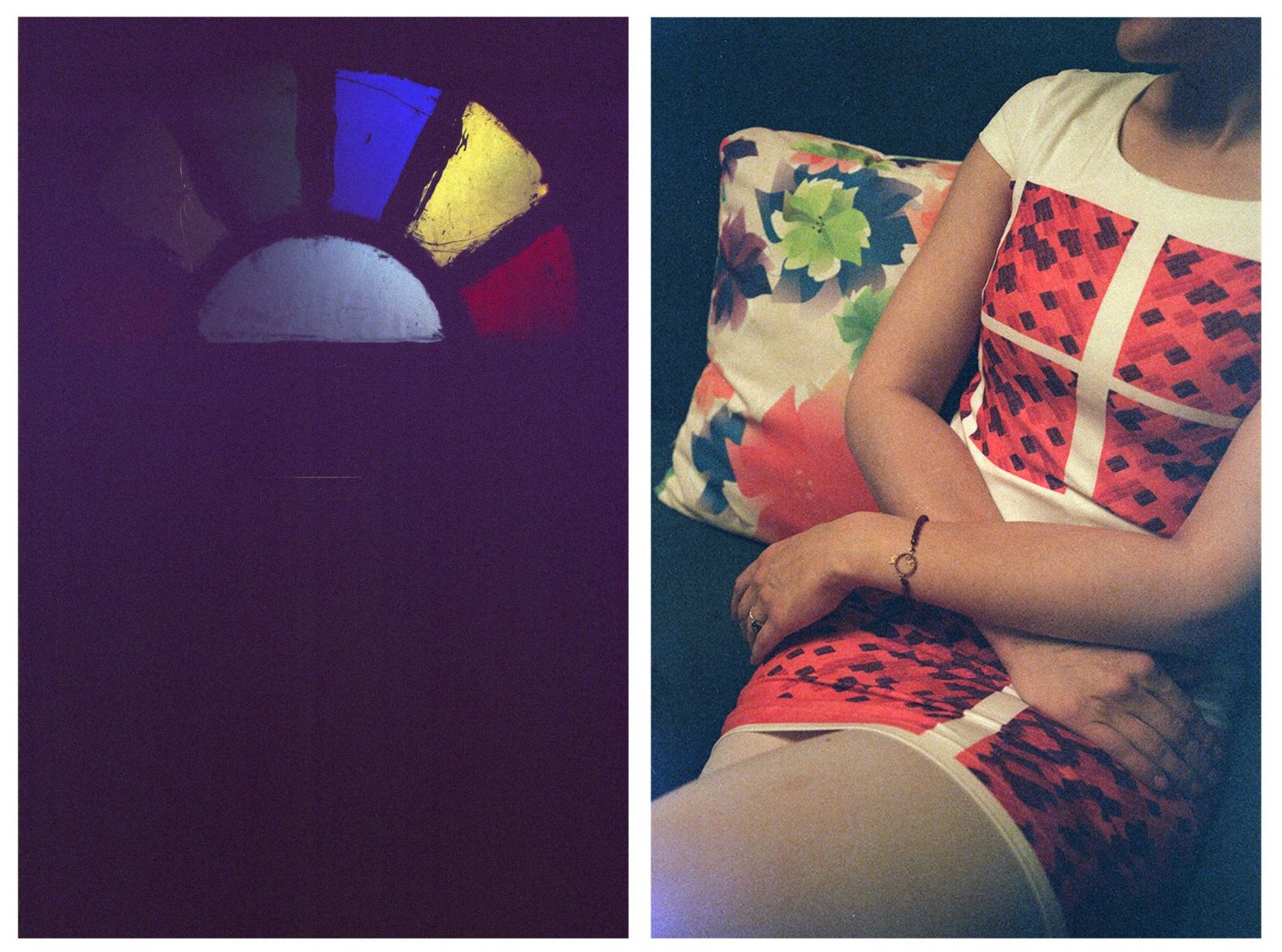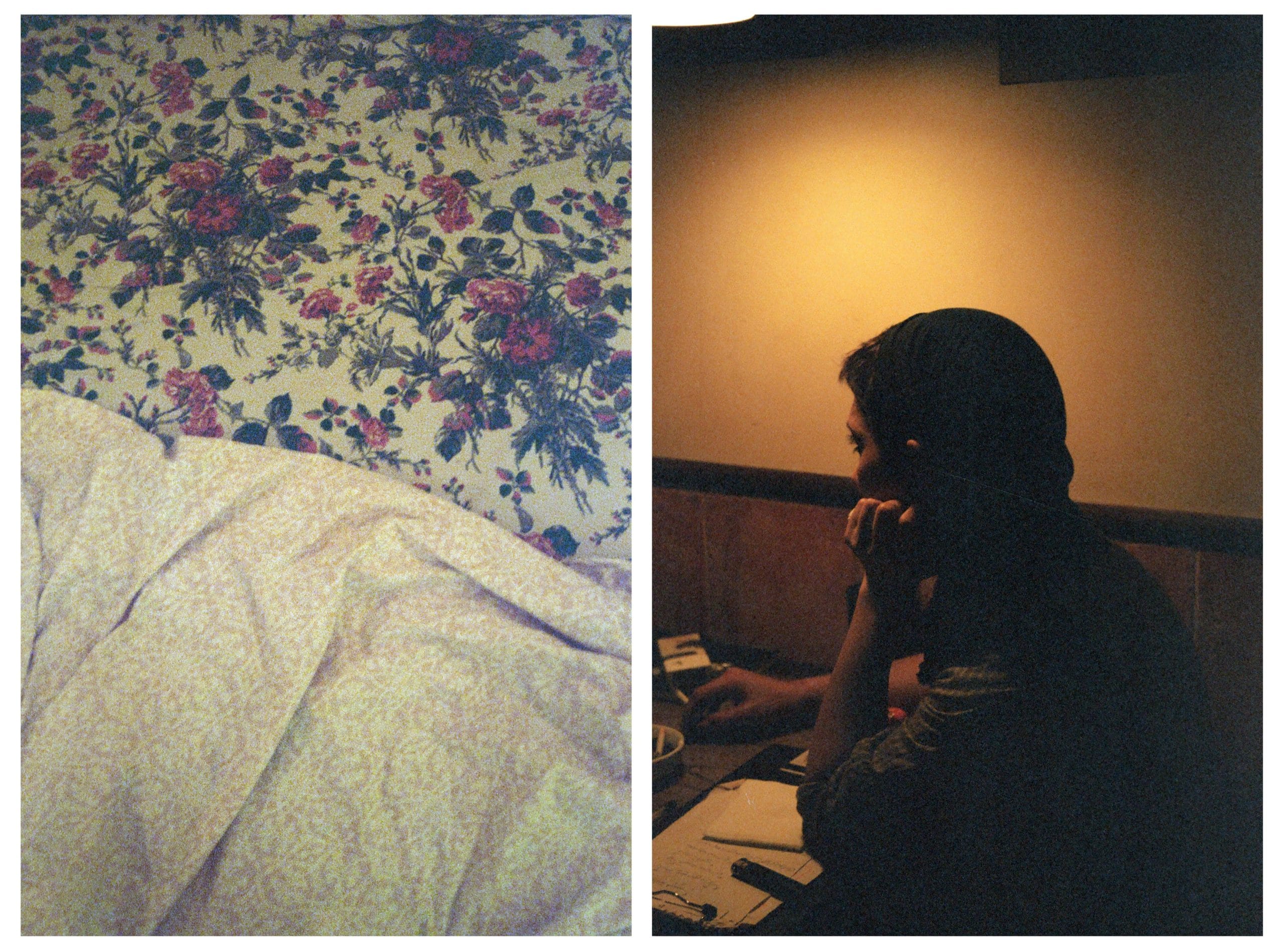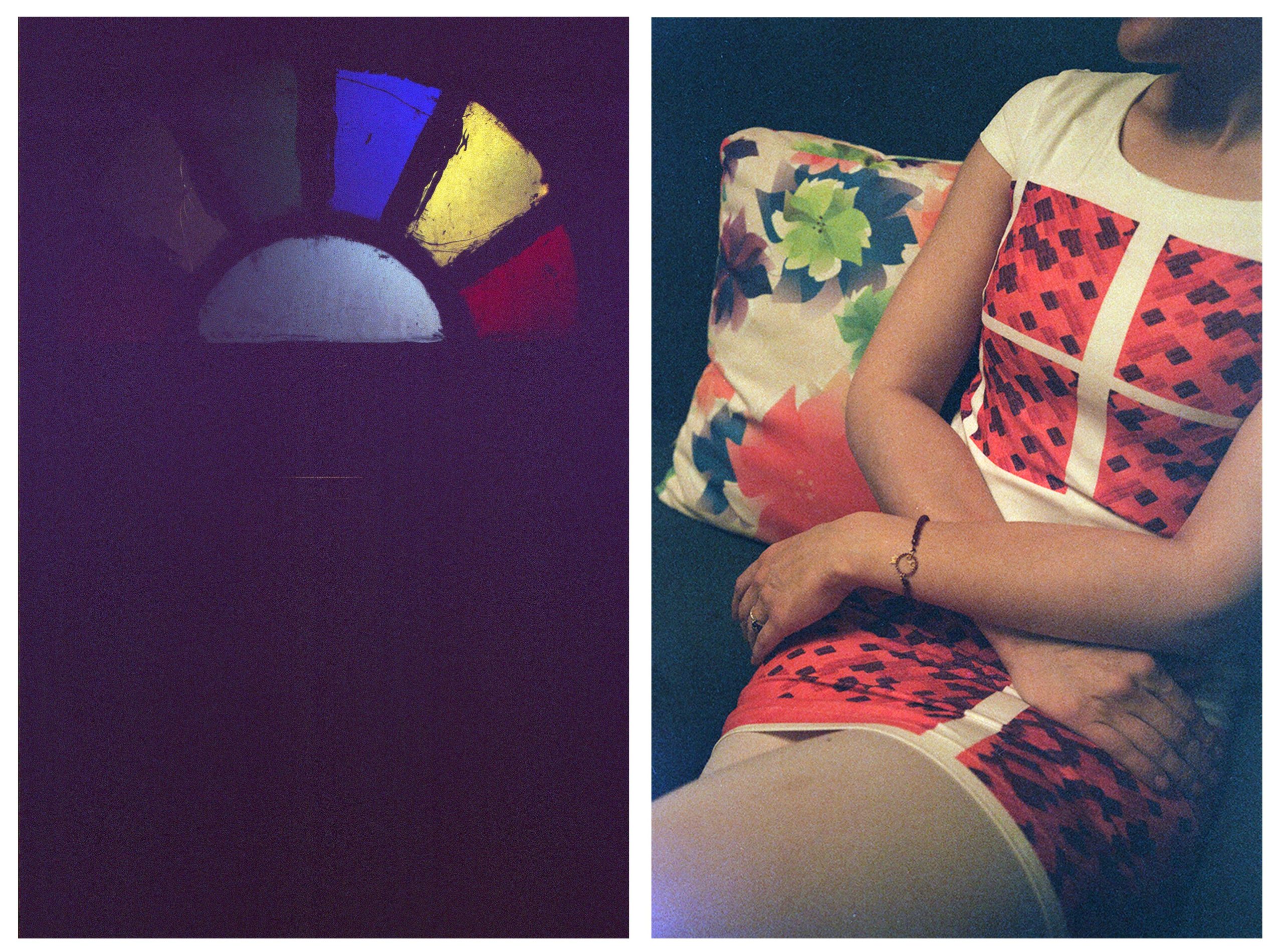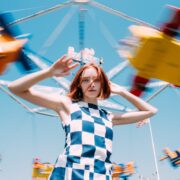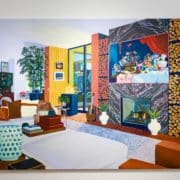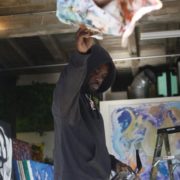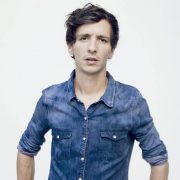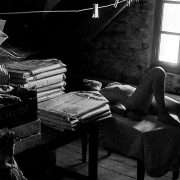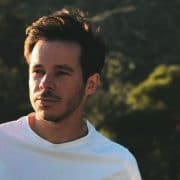Fondateur et ex-rédacteur en chef d'Arty Magazine, le grand manitou…
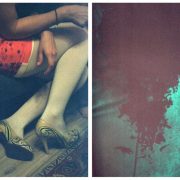
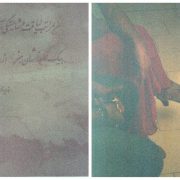
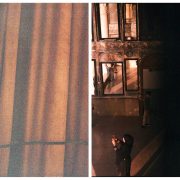
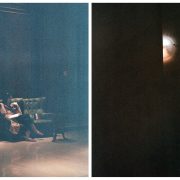 +4
+4 Revenue d’une résidence photo en Iran, Jeanne Grouet a participé à l’exposition collective Mother Earth en duo avec une artiste perse [English Version below].
De Jeanne Grouet, dont le fétichisme du grain de la pellicule saute aux yeux, c’est l’ultra-proximité avec ses sujets et ses décors qui imprègnent la rétine. On pourrait connaître cette main posée sur une épaule, ces fleurs effleurées du bout des doigts, ces jambes croisées sur un sofa. Comme des arrêts sur image du film de notre vie. Son esthétique se construit en suspension de moment qui réunit deux écoles : la texture du réel et le grain de l’imaginaire.
La photographe nappe son travail photo d’une présence granuleuse, presque fantomatique. Sa dernière série Mother Earth côtoie l’irréel en s’éloignant de nos quotidiens occidentaux, direction le pays des rêves et des dérives : l’Iran. Ses souvenirs voilés de textures sont comme les ruines de Persépolis, se dérobant dans le récit, que l’on complète du fantasme de l’avant et de l’après.
Ce n’est ni du photoreportage, ni de la photographie abstraite, mais une photo-mémoire où se niche nos projections. Avec Jeanne, le voyage en Iran devient intérieur.
Marin : Bonjour Jeanne. Peux-tu te présenter en 3 emojis ?
Jeanne Grouet : Pas facile de se présenter en emojis pour moi, mais essayons. Et puis comme cela signifie image et lettre, cela devrait me parler puisque l’image comme le texte font partie intégrante de mon travail :
📷 Évidemment, l’appareil photo autour du cou avec un grand sourire.
Le drapeau de la Terre, parce qu’être photographe c’est aussi voyager, découvrir, aller à la rencontre de l’autre.
📖 Et pour finir, un petit livre à la main, je suis toujours plongée dans un roman. C’est la panique quand j’en ai pas un d’avance (rires).
M. : En général, qu’est-ce qui te pousse à déclencher l’obturateur ?
JG. : Ce qui me pousse la plupart du temps à déclencher peut se résumer à une ambiance où je me sens à l’aise. Il faut en général que plusieurs éléments s’alignent pour que je me dise : « Oui, appuie ! » Il s’agit d’abord d’une impression visuelle qui me saisit, elle-même s’appuyant sur une forme et une couleur en harmonie l’une avec l’autre.
Si ce que je vois crée un motif dans ma tête et si l’atmosphère est juste, calme, sereine, alors j’appuie. Ce qui me procure un grand sentiment de bien-être. Malheureusement, cela garantit pas la qualité de la photo, mais me rend heureuse sur le moment. Parfois, cela se fait très rapidement, en une seconde, parfois cela prend plus de temps, et il faut que je sois patiente, que j’attende que l’alignement se fasse, sans être pressée. Puis parfois, le moment passe, et il n’y a plus de photo à faire.
M. : Tu présentes souvent ton travail photo en diptyque. Comment te vient l’association des textures, des couleurs ou des formes ?
JG. : Le rapprochement de deux images se fait justement grâce aux textures, aux couleurs et aux formes qui à un moment donné cohabitent, et me semblent pouvoir se côtoyer assez longtemps. Quand l’association fonctionne, c’est comme si une troisième image apparaissait, une image imaginaire et mentale qui résulte de cette alchimie. C’est assez magique.
Je travaille par intuition, par observation et en essayant de nombreuses combinaisons avant de trouver celle qui me convient. Mais cette combinaison n’est jamais fixe, elle se peut et se doit d’évoluer dans le temps. Il n’y a rien de figé ni de gravé dans le marbre. Les photographies bougent avec le temps, et le ressenti que l’on en a évolue aussi.
M. : Avec quel photographe aimerait-tu faire un diptyque ?
JG. : Oh ! Je pense que se serait avec Daido Moriyama parce que son univers me touche énormément : ses noirs et blancs sont sublimes et si puissants. Il ne cherche ni à être à la mode, ni à faire genre, ni à se donner du style, ses photographies sont juste là, avec une présence si forte, si envoûtante. Ses images regorgent de mystère, de poésie, de mouvemente et vie.
C’est aussi quelqu’un qui travaille par instinct avant de déclencher, sans vraiment rendre l’acte de photographier cérébral mais plutôt instinctif, qui viendrait du cœur et du ventre plus que de la tête – tout en alimentant son travail de textes, de récits et de réflexions sur le monde qu’il photographie et la façon dont il a choisi de le restituer.
M. : Quelle serait ta destination si tu devais partir maintenant ?
JG. : Un petit tour du monde serait bien… Avec un aller depuis Paris et un retour indéfini. Plus sérieusement, la Birmanie m’attire en ce moment sans raisons précises et j’ai hâte de retourner en Iran, pour continuer le travail amorcé en août.
M. : Comment en-es tu venue à créer cette série en Iran ?
JG. : Quand j’y repense je me demande encore parfois si je ne l’ai pas rêvé. Je dois commencer par remercier une grande amie, artiste et commissaire d’exposition, Sajede Sharifi, qui m’a fait confiance et m’a donné cette chance incroyable de faire partie du duo inaugural de l’espace qu’elle a créé à Téhéran. Un lieu de création, d’exposition, de rencontres, de résidence, ouvert aux artistes et dont la pierre angulaire est de créer des ponts et de faire se rencontrer un artiste iranien et un artiste étranger lors de chaque nouvelle exposition.
Une fois que nous nous sommes mises d’accord sur les séries à présenter et la sélection des images, je lui ai laissée carte blanche pour le commissariat et le résultat était parfait, intelligent, cohérent, elle a vraiment fait un travail incroyable. J’ai pu trouver mes repères assez facilement à Téhéran où j’étais entourée d’une équipe incroyable, assez jeune, de la galerie avec qui nous avons passés des moments formidables et festifs.
M. : Et pour le travail de résidence ?
JG. : J’ai fait des allers et retours seule entre Téhéran, Ispahan, Chiraz et Yazd. Ces moments de solitudes photographiques ont été merveilleux, enrichissants et si apaisants. J’ai pu commencer à découvrir un pays, ses habitudes, ses gens, ses odeurs et essayer de les photographier, de les saisir dans un petit rectangle. Comme dans l’ensemble de mon travail, il s’agissait pour de moi de créer une sorte de cartographie émotionnelle de l’endroit, de tenter de trouver une façon de retranscrire les émotions et sensations en formes, couleurs, matières… Je pense qu’il y a vraiment un avant et un après Iran pour moi.
M. Ma dernière question est la signature chez Arty Magazine. Quelle est ta définition d’une artiste ?
JG. : Wahou ! Vaste question à laquelle je n’ai jamais réfléchi. Je pense qu’un artiste est quelqu’un toujours en quête de quelque chose, toujours dans le mouvement, dans un état de recherche et qui n’est jamais entièrement satisfaite du résultat. Et puis un artiste tente des choses, n’a pas peur de ne pas savoir, de se remettre en question. Il teste différents matériaux, différents moyens d’expressions, il tâtonne la plupart du temps sans espérance de résultat. C’est le parcours et le chemin qui comptent plus qu’autre chose.
ENGLISH VERSION
Marin : Hello Jeanne. Can you introduce yourself in 3 emojis and explain the meaning ?
Jeanne Grouet : Not so easy in emojis for me, but let’s try. And as it means visuals and words, it should speak to me since the image as the text are both an integral part of my work.
📷 Obviously, a camera around a neck with a big smile.
The flag of the Earth because being a photographer is also traveling, discovering, going towards others.
📖 And finally, a little book, I’m always immersed in a novel. I panic when I do not have the next thing to read one planned (laughs).
M. : In general, which element will push you to click on the shutter ?
JG. : What triggers me most of the time can be summed up in an atmosphere in which I feel comfortable, at ease. It is generally necessary that several elements are aligned, like the planets, so that I say to myself: « Yes, click now! ». It is first of all a visual impression that grabs me, based on a shape and a color in harmony with each other.
If what I see creates a pattern in my head and the atmosphere is right, calm, serene, then I click. This gives me a great sense of well-being (but unfortunately does not guarantee the quality of the photo – but makes me happy in the moment, which is already a lot). Sometimes it happens very quickly, in a second, sometimes it takes more time and I have to be patient, waiting for the alignment to take place, without being in a hurry. And sometimes, the moment is gone, and there is more photo.
M. : You often present your photo work in diptych. How does the combination of textures, colors and shapes come to you ?
JG. : Well that’s it, the two images are generally brought together for me thanks to the textures, the colors and the shapes that at a given moment match and seem to be able to mix with each other long enough. And when the association works, it’s as if a third image appears, an imaginary and mental image that results from this alchemy. It’s pretty magical.
I work by intuition, observation and often trying many times before finding the right combination. But this combination is never fixed for me, it can and must evolve in time, there is nothing fixed or engraved in the marble. Photographs move with time and the feeling that we have changes as well.
M. : If you had to make a diptych with one of your favorite photographers, who would it be ?
JG. : Oh ! I think, no, I’m sure, it would be with Daido Moriyama because his world touches me so much. His black and white photographs are sublime and powerful. And yet he does not seek to be fashionable, his photographs are just there, with a presence so strong, so mesmerizing. His images are full of mystery, poetry, movement, life.
Also because he is someone who works so much by instinct without really making the act of photographing cerebral but rather instinctive. Coming from the heart and belly rather than from the head – while feeding his work with texts, stories, reflections on the world he is photographing, and the way he chooses to portray it.
M. : Always in the register of wishes to grant, if I offer you a plane ticket right now, where would you go?
JG. : A small tour around the world would be nice … From Paris with an indefinite return. More seriously, Myanmar is attracting me right now for no specific reason, and then I can not wait to return to Iran. To try to continue the work begun in August.
M. : I was just going to come back to that, can you tell me about your crazy experience in Iran?
JG. : Oh yes with pleasure, it was incredible and when I think about it I still wonder sometimes if I did not dream it. I must begin by thanking a great friend, artist and curator, Sajede Sharifi, who trusted me and gave me this incredible opportunity to be part of the inaugural duo of the space she created in Tehran . A place of creation, exhibitions, meetings, residencies, open to artists and whose cornerstone is to create bridges and match an Iranian artist to a foreign artist for each new exhibition.
Once we agreed on the series to present and the selection of images, I left her carte blanche and the result was perfect, intelligent, consistent, she really did a great job. I was able to find my bearings quite easily in Tehran and I was surrounded by an incredible team, quite young, from the gallery, with whom we had great and festive moments.
For the residence work, I traveled back and forth between Tehran, Isfahan, Shiraz and Yazd. These moments of photographic solitude were wonderful, rewarding and soothing. I could begin to discover a country, its habits, its people, its smells, and try to photograph them, to portray them in a small rectangle. As with the rest of my work, it wanted to create an emotional mapping of the place, to try to find a way to transcribe the emotions and sensations in shapes, colors, materials … I think that there is really a before and after Iran for me now.
M. : My last question is our signature at Arty Magazine. What is your definition of an artist?
JG. : Wow, a vast question to which I have never really thought. Maybe an artist is someone always looking for something, always in motion, in a state of research and who is never completely satisfied with the result :). And then artists try things, are not afraid of not knowing, to question themselves. They test, different materials, different means of expression, they fumble most of the time without expectation of result. It is the path and the process that counts more than anything else.
